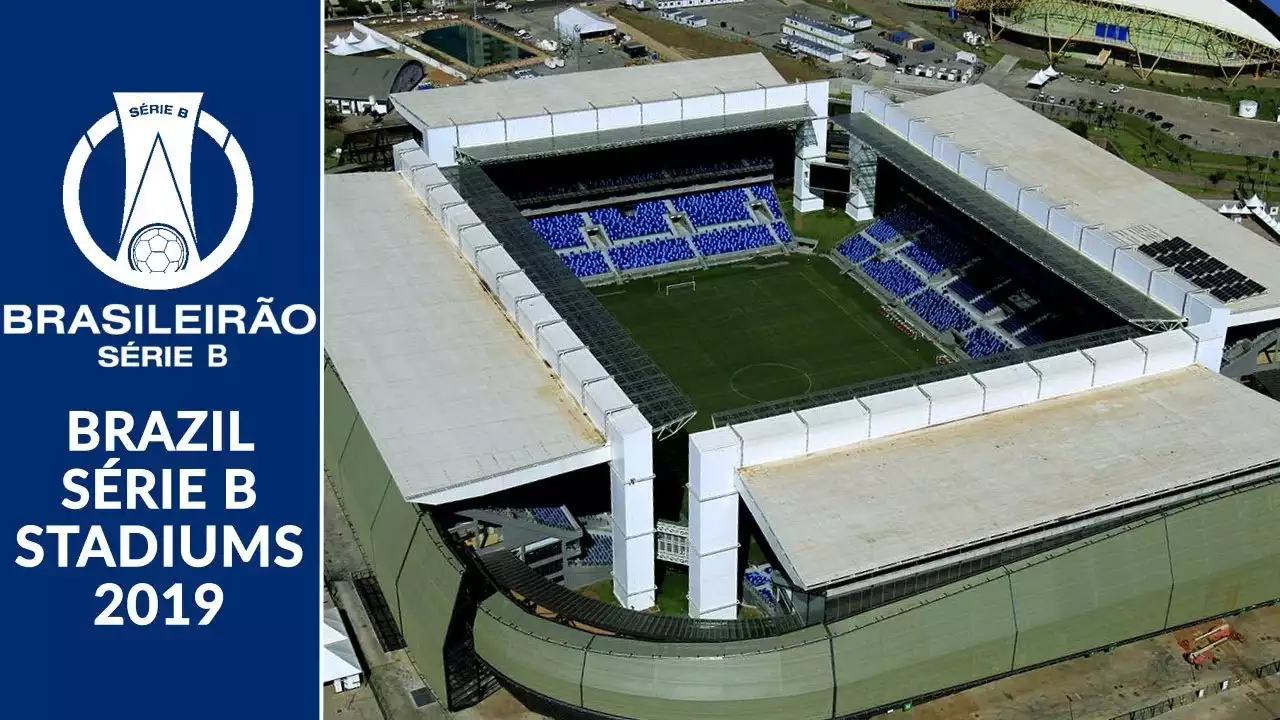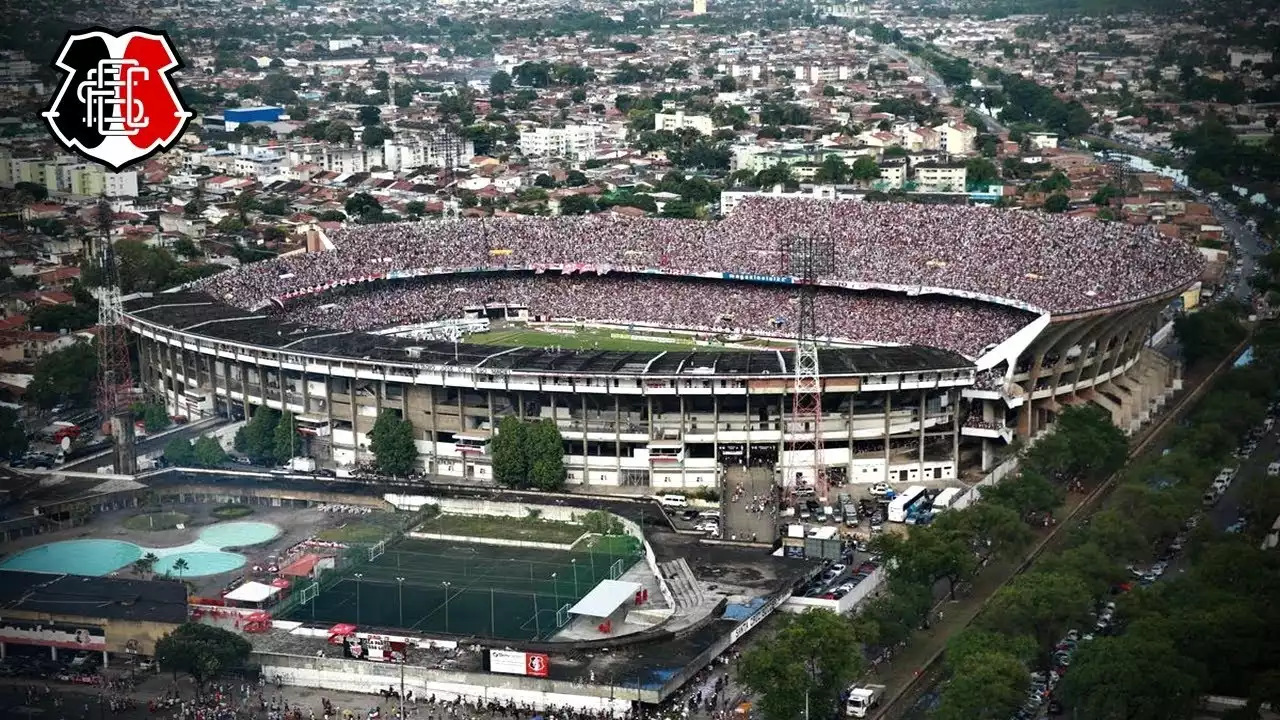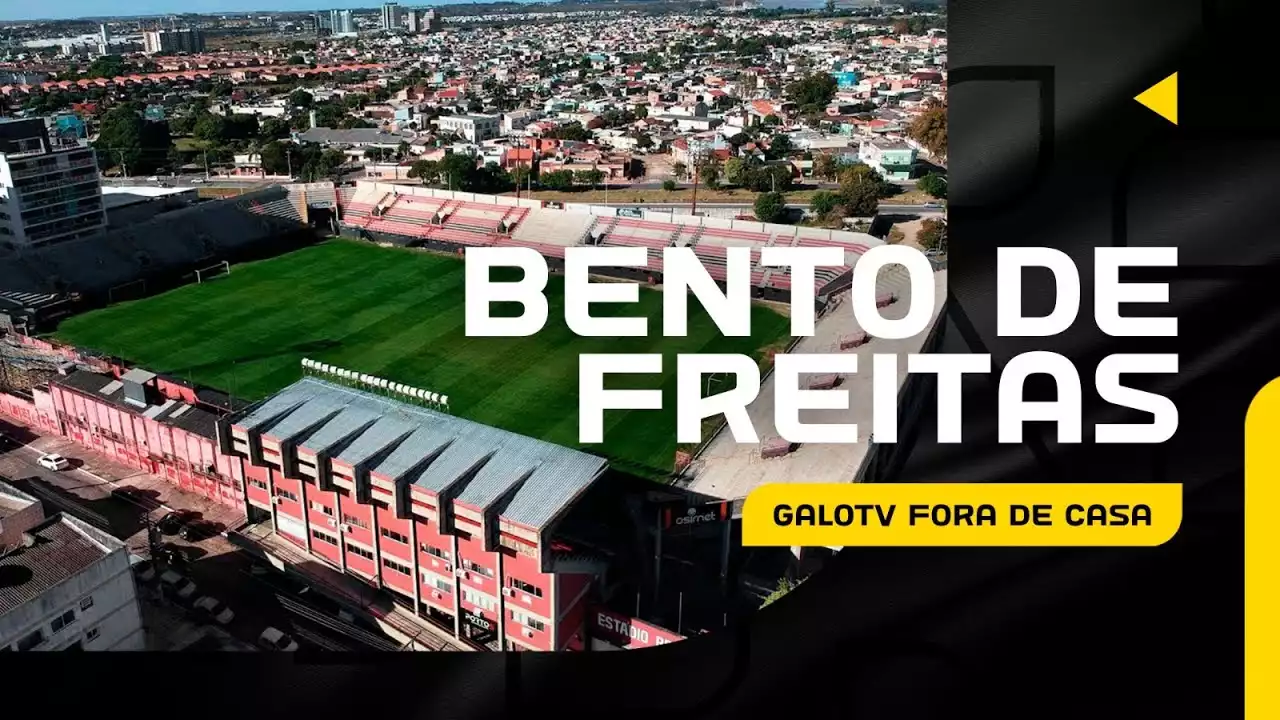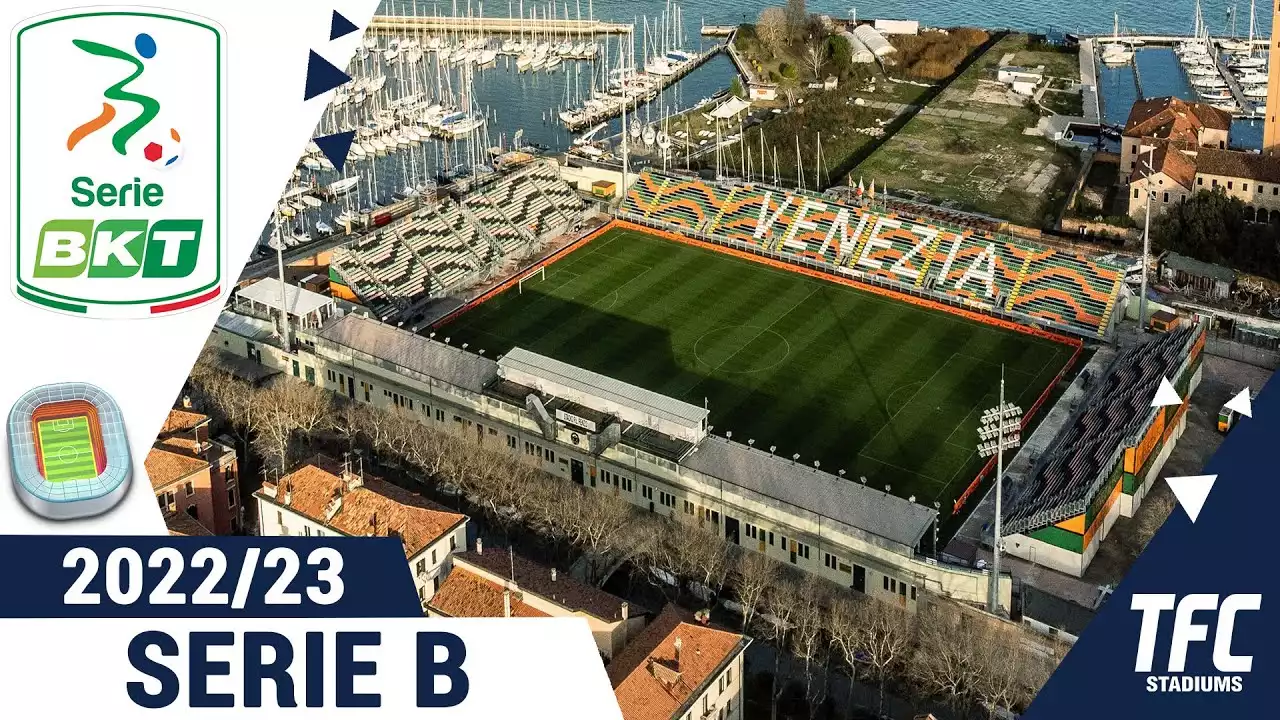Importance of stadium capacity in Brazilian football
In Brazilian football, the capacity of a stadium is an important factor. It not only determines the number of fans that can attend a match, but it also plays a role in the revenue generated by the club. The larger the capacity of the stadium, the more tickets can be sold, and the more revenue the club can generate. A larger stadium also means that the club can attract more sponsors and increase their exposure to a wider audience.
However, the importance of stadium capacity goes beyond financial benefits. A larger stadium can also create a more intimidating atmosphere for opposing teams, giving the home team an edge. It can also provide a better experience for fans, with more space and better facilities. In Brazil, where football is a way of life, the stadium is not just a place to watch a match, but it is also a cultural center where fans come together to celebrate their love for the game.
Top 5 Série B stadiums with the largest capacities
Estádio Rei Pelé (Trapichão) - Microsoft Flight Simulator STADIUM LANDING!
King Pele Stadium - Maceió
The King Pele Stadium, also known as the Trapichão, is one of the most iconic stadiums in Brazil. Located in the city of Maceió, the stadium has a capacity of 30,000 and has hosted matches for some of the country's biggest clubs. The stadium was built in 1970 and has undergone several renovations over the years, including the addition of a modern roof. The stadium is named after the legendary Brazilian footballer, Pele, who played his last match in Brazil at this stadium in 1972. The stadium is also home to CSA, a club that has a rich history in Brazilian football.
Arruda Stadium - Recife
The Arruda Stadium, located in the city of Recife, has a capacity of 60,044, making it one of the largest stadiums in Brazil. The stadium was built in 1972 and has undergone several renovations over the years. The stadium is the home of Santa Cruz, a club that has a passionate fan base and a rich history in Brazilian football. The stadium has also hosted matches for the Brazilian national team and was one of the venues for the 2013 Confederations Cup.
Moisés Lucarelli Stadium - Campinas
The Moisés Lucarelli Stadium, located in the city of Campinas, has a capacity of 19,728. The stadium was built in 1948 and has undergone several renovations over the years. The stadium is the home of Ponte Preta, a club that has a loyal fan base and a rich history in Brazilian football. The stadium is named after Moisés Lucarelli, a former player and coach of the club.
Durival Britto e Silva Stadium - Curitiba
The Durival Britto e Silva Stadium, located in the city of Curitiba, has a capacity of 20,083. The stadium was built in 1947 and has undergone several renovations over the years. The stadium is the home of Paraná, a club that has a passionate fan base and a rich history in Brazilian football. The stadium is named after Durival Britto e Silva, a former player and coach of the club.
Estádio do Paraná Clube, Vila Capanema, Estádio Durival Britto e Silva! #drone #estadios #futebol
Arena Pantanal - Cuiabá
The Arena Pantanal, located in the city of Cuiabá, has a capacity of 44,003. The stadium was built in 2014 for the World Cup and has since become the home of Cuiabá, a club that has recently been promoted to the Série B. The stadium is a modern facility with state-of-the-art technology and facilities. It is also one of the few stadiums in Brazil that is powered by solar energy.
Honorable mentions While the stadiums mentioned above are some of the largest in the Série B, there are several other stadiums that deserve an honorable mention. The Fonte Nova Stadium in Salvador, the Castelão Stadium in Fortaleza, and the Serra Dourada Stadium in Goiânia are all impressive venues that have hosted matches for some of Brazil's biggest clubs.






.png?size=50)


